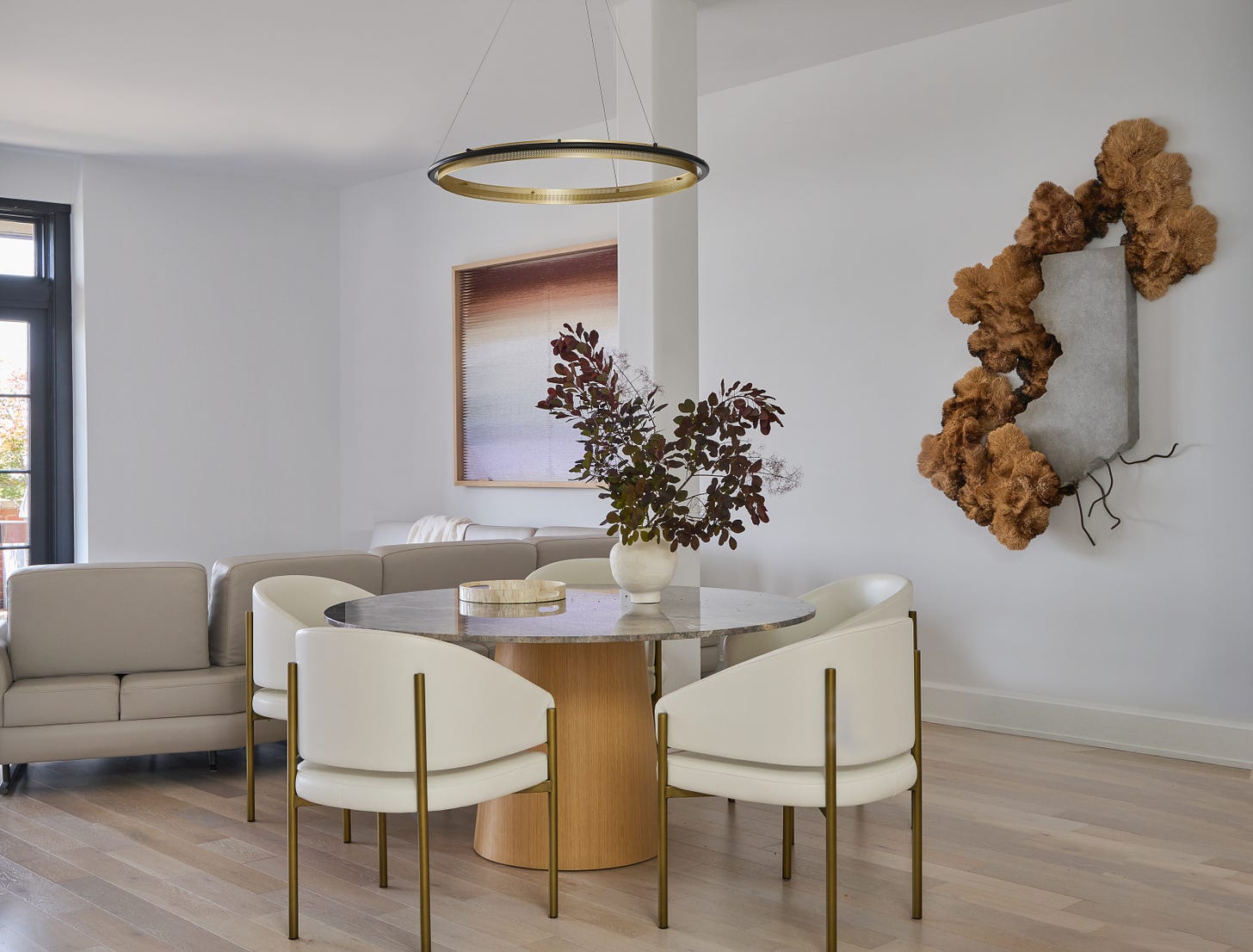Installation Management
Because it's rarely just putting a whole in the wall...
Installations are often not as straightforward as one would hope. With 11 years of art advisory under our belt, we have had quite a few unexpected installation experiences. These include learning the art had bugs in the canvas, having a trucker bring the wrong artwork to a client home, having a mirror break, and so many more bloopers that generally are not posted on our IG. These experiences come with many lessons. We do like to play a little game called “What Could Go Wrong?” to hedge against issues, but the unexpected can still happen.

On Tuesday, we had a disappointing installation failure because the hardware on a much-anticipated piece was not compatible with a client wall; the piece was heavier than expected and the weight could not be adequately distributed without a custom cleat system. These situations are frustrating for everyone involved - especially the client, who is incredibly patient. That said, here are some steps we take to ensure installations go smoothly:
Understand any entry requirements and limitations. This includes obtaining COIs for apartment or corporate buildings, as well as specifications for freight elevators and stairwells.
Communicate with the trucker/installer(s) in advance, about the following:
Arrival procedures, such as who they will be meeting, and where to meet that person before entering the client home, and relevant contact numbers for a 30-minute pre-arrival notice.
Supplies to bring, including the basic tools plus shoe booties, Magic Erasers, bumpers, garbage and recycling bags, etc.
Client details and preferences. (For example, this client will want to ensure every piece of equipment is on a clean moving blanket inside the home.)
Clothing. Vendors should not wear low pants without a belt. We do not want butt cracks showing when art is being held up and advisors, with clients, are choosing artwork height.
Troubleshooting. If there is an issue speak with advisor privately.
Garbage. The vendor should know who is responsible for removing packing materials from the site.
Team expectation: It’s helpful for vendors to know that we consider them an extension of our team. A high level of professionalism and interpersonal skills with clients is required.
Remain on your client’s team. When the unexpected happens, it is key to empathize with the client, not point fingers.
Be Solutions-Focused. Lead with solutions, not problems. Simplify as needed to ensure the client feels confident that you will aid in resolving the situation for a successful end result.
Just for fun, here’s the trickiest installation we’ve done to date. There was one failed attemp before this one (the crate would not fit in the elevator), and the installers definitely did not allow filming during key moments. That said, the end result created a huge Wow Moment, and the clients will hopefully never, ever, move. (Here’s the full project.)


